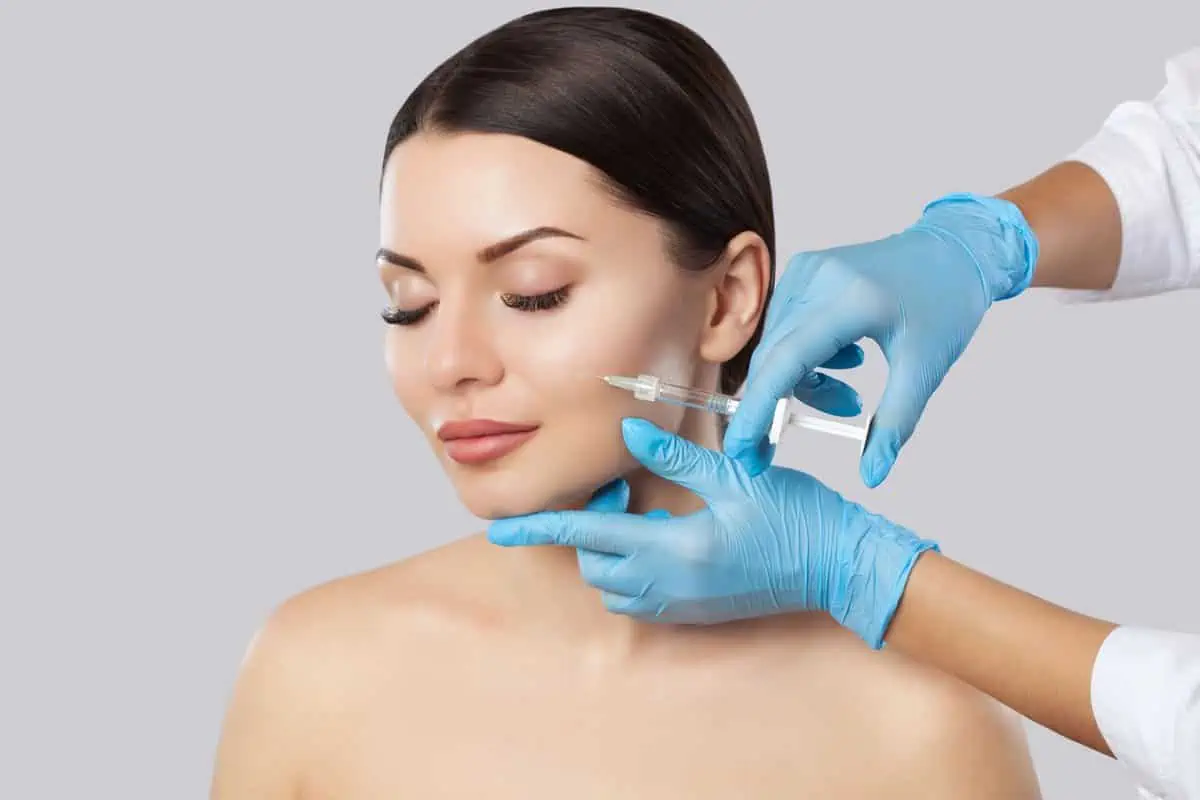
For many people, wrinkles, fine lines, and other aging symptoms can cause worry. That’s where Botox comes in – this injectable treatment is one of the most popular cosmetic procedures in the world, helping to smooth out wrinkles and create a more youthful appearance. But what is Botox, and how does it work?
We’ll look into the science behind Botox and explore its various uses. We’ll also provide the following:
- Tips for choosing an experienced practitioner.
- Preparing for a Botox treatment.
- Discussing what to expect during and after the procedure.
Whether you’re considering Botox for the first time or are simply curious about how it works, we will provide a comprehensive overview of this popular cosmetic treatment.
What is Botox?
Botox is a popular cosmetic treatment that can help reduce the appearance of wrinkles around the forehead and eyes. It works by temporarily weakening the muscles in your face, which reduces their ability to produce creases. Botox’s effects last up to three months or longer, depending on how much you use it.
Botox is produced by isolating the botulinum toxin from the bacteria, purifying it, and diluting it in saline. The resulting solution is injected into the target muscle to achieve the desired effect. The solution works by blocking the release of acetylcholine, a neurotransmitter responsible for transmitting nerve impulses to the muscles, thereby temporarily paralyzing the muscle.
Although successful, it’s important to remember that Botox is a potent substance and should only be used by qualified medical personnel. Choosing a reputable practitioner like our injectors at Fine Line Aesthetics with experience in administering Botox injections is essential to ensure that the treatment is safe and effective.
How does Botox work?
Botox works by blocking the nerve signals that cause muscles to contract. Acetylcholine, a neurotransmitter essential for carrying nerve impulses to the muscle, stops releasing when the solution is injected into a muscle. Without these signals, the muscle is temporarily paralyzed, leading to a relaxation of the targeted muscle group.
The temporary paralysis of the muscle caused by Botox can have a smoothing effect on wrinkles and fine lines. For example, the injection of Botox into the muscles responsible for frown lines can temporarily relax those muscles, preventing the lines from forming or deepening. Similarly, injections into the muscles that control the forehead and around the eyes can help smooth out wrinkles and lines in those areas.
It is crucial to choose an experienced practitioner for Botox injections, as the practitioner’s skill can influence the effects of Botox. An experienced practitioner can accurately target the desired muscle group, avoid over-injection or under-injection, and ensure the most effective and natural-looking results. Additionally, an experienced practitioner can assess the patient’s needs and help create a customized treatment plan tailored to their needs and preferences.
It’s important to note that Botox’s effects usually last between three and six months and are not long-lasting. For optimal results, it is recommended to undergo repeated injections every three to six months. However, based on the patient’s unique needs and the precise treatment locations, the frequency of treatments may change.
What can Botox treat?
Botox is most commonly known for its cosmetic use in reducing the appearance of wrinkles and fine lines on the face. Some of the most common cosmetic benefits of Botox include the following:
- Forehead Lines: Botox can be used to treat horizontal forehead lines caused by the repeated contraction of the forehead muscles.
- Crow’s Feet: Botox can smooth out the fine lines and wrinkles around the eyes, commonly known as crow’s feet.
- Frown Lines: Botox can treat the vertical lines between the eyebrows, commonly known as “11” or frown lines.
Botox addresses some medical disorders in addition to its aesthetic applications. Some of the most common medical benefits of Botox include the following:
- Migraines: Botox can treat chronic migraines by reducing muscle tension and inflammation in the head and neck.
- Excessive Sweating: Botox can treat excessive sweating, a condition known as hyperhidrosis, by blocking the nerve signals that stimulate sweat glands.
- Muscle Spasms: By relaxing the afflicted muscles, Botox can cure muscular spasms brought on by disorders including cerebral palsy, multiple sclerosis, and spinal cord injuries.
These are just some of the numerous medical issues that Botox can help with. The dosage and treatment plan will vary depending on the specific situation and the individual patient.
What to expect during a Botox treatment?
The injection process involves using a very tiny needle to inject small amounts of Botox into the targeted muscle group. The procedure is relatively quick, typically taking only 10-15 minutes.
During the treatment, patients may experience mild discomfort at the injection site, but this usually subsides quickly. There is no need for anesthesia, but a topical numbing cream is applied to the skin to minimize discomfort.
After the treatment, patients are advised to avoid touching or rubbing the treated area and to avoid strenuous exercise for at least 24 hours. The effects of Botox can take up to two weeks to fully develop.
How Does Botox Work?
Botox is a temporary treatment, with results lasting typically between three to six months. After this period, the muscle activity gradually returns, and wrinkles and fine lines reappear. Botox is a temporary treatment, with results lasting typically between three to six months. After this period, muscle activity gradually returns.
However, there are several things that patients can do to help maintain the effects of their Botox treatment for as long as possible. The best solution to keep the benefits of Botox is to arrange routine follow-up visits with your practitioner. Planning a follow-up treatment at the right time ensures that the results of Botox are maintained without allowing the muscle activity to return fully.
Other aftercare tips you can follow are below:
- Avoid sun exposure
- Moisturize
- Maintain a healthy lifestyle
- Practice good skincare
Maintaining the effects of Botox requires a combination of regular follow-up treatments, good skincare, sun protection, a healthy lifestyle, and avoiding bad habits. By following these tips, patients can help to prolong the results of their Botox treatments and maintain a youthful, refreshed appearance.
Conclusion
So, how does Botox work? It’s a simple process. The botulinum toxin is injected into your skin, which binds to nerve endings and blocks their signals from reaching muscles in the face. It causes those muscles to relax and become less active than usual for up to three months. While this may sound scary or painful, most people find their experience with Botox treatments quite pleasant!
Are you interested in learning more about Botox treatment? Get in touch with us at Fine Line Aesthetics immediately!









